Introduction
The Stone of Madness is a real-time strategy stealth game set in an 18th-century Spanish Monastery, developed by The Game Kitchen and published by Tripwire Presents. In it, five prisoners pool their skills and resources to face their phobias, stave off insanity, uncover the mysteries of the Monastery, and find a way to escape.
Using Wwise
In The Stone of Madness, sound design played a crucial role in building the immersive, unsettling atmosphere of the game. To achieve the level of depth, realism, and responsiveness we envisioned, we turned to Audiokinetic’s Wwise as our primary middleware. The results surpassed our expectations, both in creative possibilities and technical execution.
One of Wwise's most powerful features is its granular control over audio playback, which allowed us to craft a rich and non-repetitive soundscape. Through Random Containers, layered sound assets, and real-time modulation, we were able to avoid the flat repetition often associated with traditional sound implementation. This approach was especially effective in elements that demand natural variation, such as footsteps, breathing, and environmental interactions. Each step the character takes, each breath under stress, or each interaction with an object—be it a rusty lock, a creaky window, or the grotesque corpse experiment tables—feels unique and reactive. The combination of random sample selection and RTPC-driven modulations added subtle pitch, volume, and filter variations that made even the most mechanical actions feel disturbingly organic.
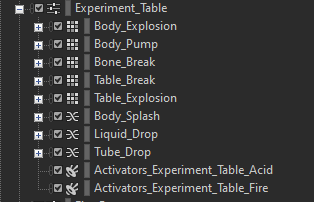 |
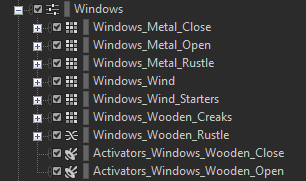 |
Workflow & Scalability
Wwise also excelled in terms of workflow and scalability. With a sound library exceeding 7,000 audio assets, including ambisonic beds, musical cues, foley layers, creature sounds, and more, we faced what could have been a logistical nightmare. Fortunately, Wwise's batch file conversion tools and streaming management capabilities were invaluable. We could optimize assets individually or by groups, choosing from multiple compression formats and balancing memory versus performance with precision. This enabled us to maintain high audio fidelity where it mattered, while keeping memory usage under tight control on all platforms.
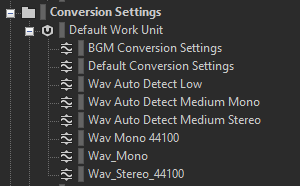 |
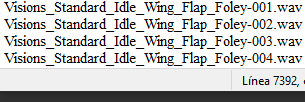 |
Debugging & Optimization
From a debugging and optimization standpoint, Wwise’s Advanced Profiler became an essential part of our pipeline. We used it daily to detect and resolve issues related to attenuation curves, 3D spatialization, occlusion, and triggering logic. Being able to visualize and analyze the exact behavior of each sound event in real time—while the game was running—gave us a level of control that would be incredibly hard to replicate with a custom system or engine-native tools alone. This was particularly vital in scenes where audio cues were meant to guide the player subtly through space, or where multiple layered effects competed for perceptual space.
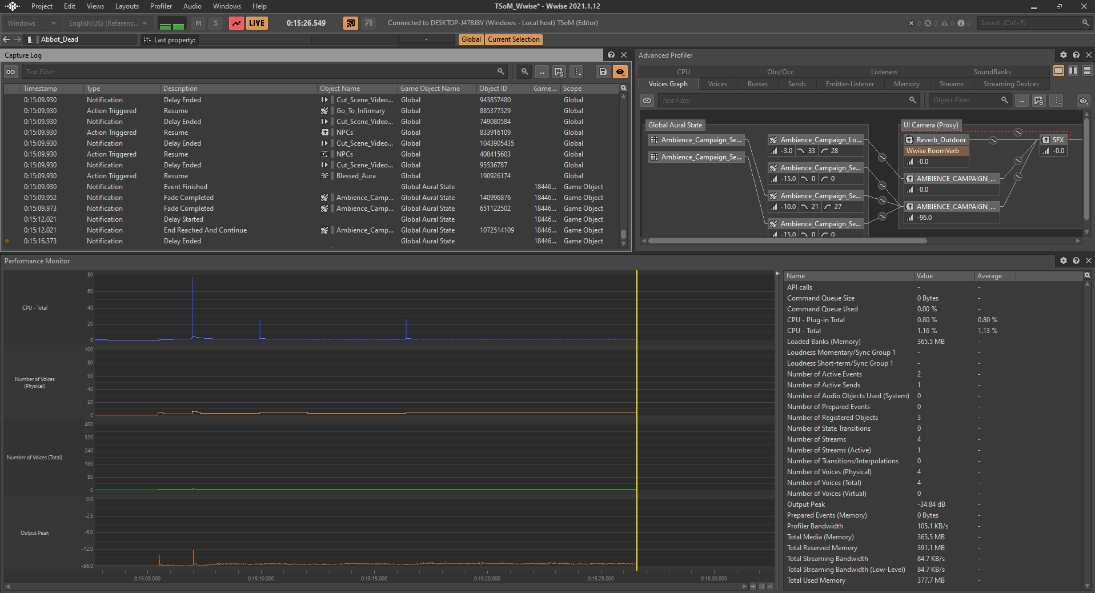
Wwise Motion
Finally, one of the most underappreciated but transformative tools was the Wwise Motion plug-in. Thanks to its integration with gamepad haptics, we were able to create precisely designed rumbles that synchronized with game events—from the dragging of heavy furniture to the intense breathing of the protagonist during hallucination episodes. These tactile feedback layers dramatically boosted the player's emotional connection and physical immersion, making the experience not just audible, but palpable.
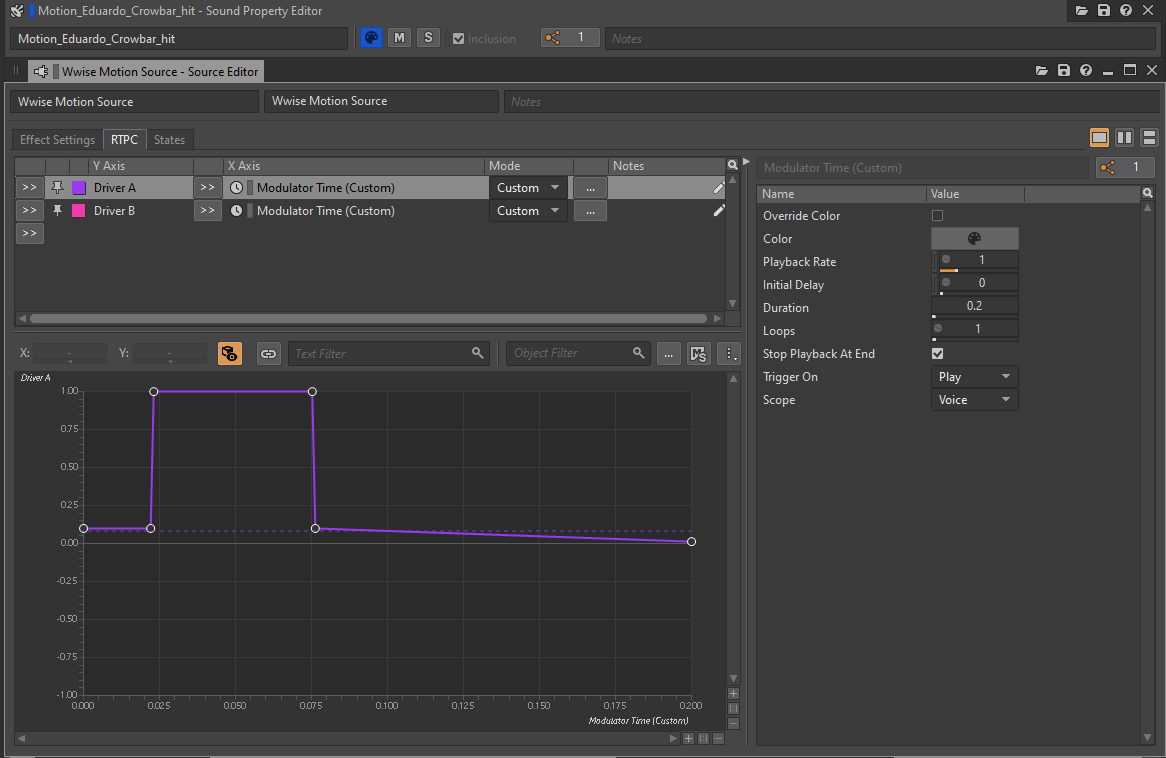
Conclusion
In sum, Wwise was not just a technical solution—it was a creative partner in shaping the sonic identity of The Stone of Madness. Its depth, flexibility, and performance optimization tools enabled us to deliver a highly immersive and emotionally rich audio experience, vital to the unsettling world we built.



댓글